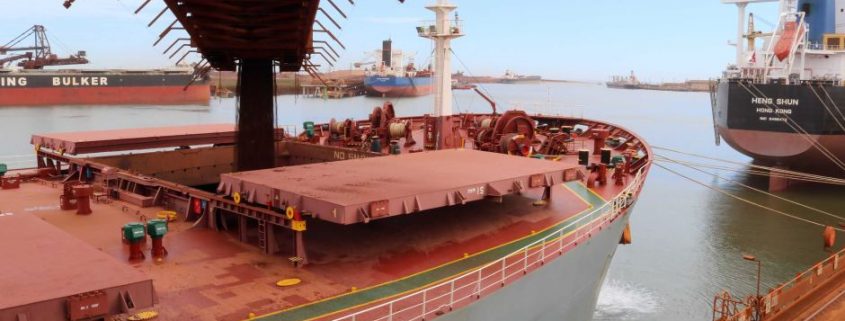Next Week Forecasts
Important weekly events (Short Recollection)
Friday was a day when Oil futures came to a four week’s high. The prices scored a weekly rise of more than 5%. And most noteworthy the optimism on upcoming production cuts rose the positive expectations and market movement. The cuts will be extended to next 9 months. Starting from June 2017 and entering the March of 2018.
U.S. West Texas Intermediate crude leveled up for 98 cents. Counted in percentage that is around 2%. It reached a price of $50.33 at Friday’s close. Observing the period of last 4 weeks, this was the highest price.

Later, the U.S. benchmark rose for $2.49. Which makes it about 5% up weekly.
Meanwhile, ICE Futures Exchange in London saw the price of Brent Oil at $53.61 a barrel by the close. The daily peak was even higher, at %53.82. Which was the unseen level since April 19th.
London-traded Brent futures gained $2.77 on their price. If calculated in percentage, it is the exact 5.2% for the week.
The production cuts will be extended to the next 9 months. Rather than the 6 previously agreed. There are signs of their possible deepening, but it is still not sure. We will definitely know on Thursday.
The fuel rose for 6% on weekly basis. June heating oil also finished at $1.582 a gallon, which makes it 3.7 cents up for a unit.
The upcoming Week
The economic events taking place in the week ahead will be very significant for global economy. Traders will all focus on OPEC highly-anticipated meeting. Where the major producing countries will decide on extending the production cuts.
Chronology of daily economic events which will impact the market next week:
- OPEC Meeting
2.Fed FOMC Meeting Minutes
3.U.S. Revised 1st Quarter Growth Data
- U.K. First Quarter GDP – Second Estimate
5.Flash Euro Zone PMIs for May
Upcoming week in Numbers & Data
Also worth mentioning, The American Petroleum Institute is going to publish its weekly report on U.S. oil supplies on May 23rd.
On Wednesday, May the 24th, EIA will release the weekly report on data about Oil and Gas.
Later, Thursday meeting is definitely the most important event of the week. The upcoming FINAL decision of OPEC and non-OPEC oil producing countries, about prolonging the outputs. Taking place in Vienna.
Finishing with Friday the 26th, when Baker Hughes will show some weekly reports on U.S. shale drilling, and numbers which put up close the U.S. oil production.
Focus is set directly on Oil prices, and long-term Oil market stability, as an aim for global participants.
In conclusion, the upcoming week will be a bit tense, certainly agitated, interesting to observe, inspiring to comment on. And for sure challenging for all the main market participants. And all the traders and investors who hold their stakes in the market and are waiting for the concrete outcomes.





 The sharp decline is partly due to the strong rally over the past 13 months, which saw prices almost triple. Sending iron ore to levels that appeared well overbought. Given the market remains well supplied and will have to absorb more than 100 million tonnes of new low-cost production from Australia and Brazil this and next year.
The sharp decline is partly due to the strong rally over the past 13 months, which saw prices almost triple. Sending iron ore to levels that appeared well overbought. Given the market remains well supplied and will have to absorb more than 100 million tonnes of new low-cost production from Australia and Brazil this and next year.


 Still, bigger supplies from producers in the fourth quarter of 2016 at this moment seem “a dark cloud hanging over the market.” And also a failure to extend the output agreement which would send prices “precipitously lower.”
Still, bigger supplies from producers in the fourth quarter of 2016 at this moment seem “a dark cloud hanging over the market.” And also a failure to extend the output agreement which would send prices “precipitously lower.” Brent on the ICE Futures Europe exchange was down 35 cents at $55.01 a barrel. (Bloomberg)
Brent on the ICE Futures Europe exchange was down 35 cents at $55.01 a barrel. (Bloomberg)